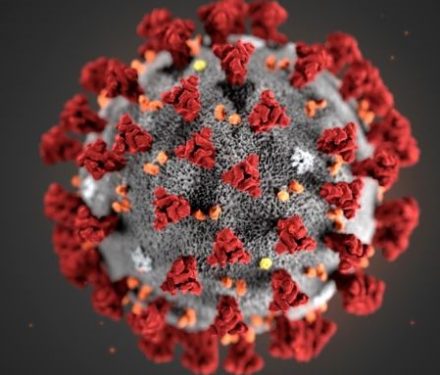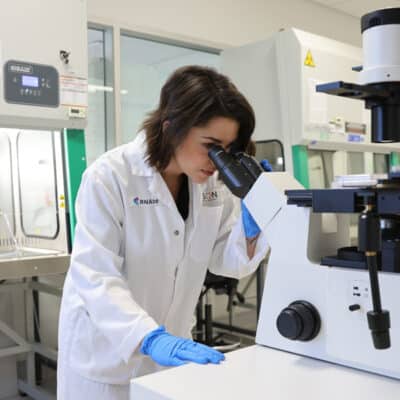Searching for clues to how RNA triggers the immune system
By Rob Clancy, staff writer
A young Melbourne scientist will spend the next three years advancing exiting new mRNA research to unlock the secrets to how RNA triggers the immune system to fight infection.

It’s research that could have a huge impact on treatment of diseases including COVID-19, Zika virus, Dengue virus and RSV, and even help reduce physical reactions to mRNA vaccines.
Dr Natália Sampaio from Hudson Institute has been awarded an mRNA Victoria Activation Program Grant provided through the Department of Jobs, Precincts and Regions (DJPR), worth $690,000 over three years to better understand how the immune system detects RNA.
“If we want to employ mRNA therapies to many other diseases, like cancer or gene therapy, we need to avoid side-effects to improve tolerance and safety of these therapies.” Dr Sampaio said.
It’s a significant investment for understanding RNA and the immune system, and a rare opportunity for a researcher so early in her career, working in collaboration with Professor Christine Wells from the University of Melbourne.
Dr Sampaio said human cells have evolved receptors to recognise viral infections by detecting unusual RNA, but exactly how our cells can tell foreign viral RNA apart from their own RNA is not well understood.
How RNA receptors get activated in the immune system
“We will use cutting-edge methods to understand in-depth how RNA receptors in the immune system get activated during virus infection,” she said. “This will help us better understand the initial trigger of the immune response to viruses.”
“This is also highly relevant to mRNA-based drugs because these receptors can misfire in response to these drugs and induce significant side-effects for patients.”
This ambitious, world-first RNA and the immune system project will compare and contrast various virus infections to determine what is in common between the activation of these important RNA receptors in the immune system.
“By finding the ‘common thread’ between RNA molecules that stimulate the RNA receptors in the immune system, we hope to build a universal model of how these receptors are triggered in the immune system, to both understand their role in infection but also avoid their stimulation in mRNA therapy.”
Finding how immune system detects RNA key to new therapies
The benefits from this research could be far-reaching.
“Our discoveries on how RNA receptors get activated in the immune system during virus infection can be used to generate predictive algorithms to guide the development of mRNA therapies, so they avoid off-target activation of these inflammatory receptors,” Dr Sampaio said.
What is RNA?
RNA is short for ribonucleic acid. RNA is a large molecule made from a single strand of DNA. Its purpose is to transfer instructions from the DNA in order to make proteins.
What is mRNA?
mRNA is short for messenger RNA. It is one of several different types of RNA and its role is to deliver the recipe for making proteins to the ribosomes – protein producers inside the cell. In vaccines, mRNA tells the cells to make a protein from the virus, so your immune system can recognise and attack the virus.
Collaborator | Professor Elizabeth Hartland
Contact us
Hudson Institute communications
t: + 61 3 8572 2761
e: communications@hudson.org.au
In this article
About Hudson Institute
Hudson Institute’ s research programs deliver in three areas of medical need – inflammation, cancer, women’s and newborn health. More
Hudson News
Get the inside view on discoveries and patient stories
“Thank you Hudson Institute researchers. Your work brings such hope to all women with ovarian cancer knowing that potentially women in the future won't have to go through what we have!”






